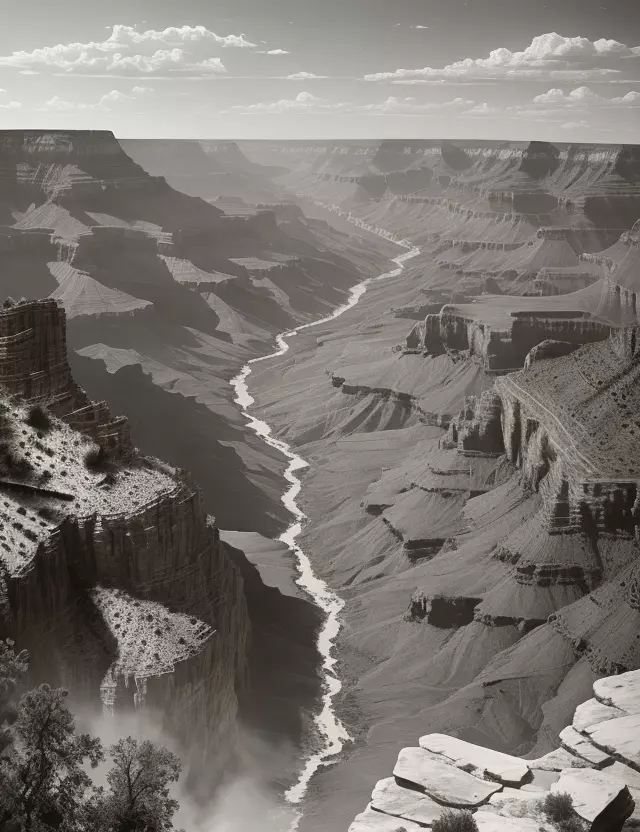Preserving the Grand Canyon: Theodore Roosevelt's Historic Action
January 11, 1908

Preserving the Grand Canyon: Theodore Roosevelt's Historic Action
On January 11, 1908, President Theodore Roosevelt took a monumental step in the realm of environmental conservation by designating the Grand Canyon in Arizona as a national monument. This historic action marked a significant moment in the ongoing effort to protect and preserve America's natural wonders.
Theodore Roosevelt and Conservation
President Roosevelt was a passionate advocate for conservation and recognized the importance of preserving the nation's natural beauty for future generations. His commitment to conservation led to the establishment of five national parks, 18 national monuments, and 150 national forests during his presidency.
The Grand Canyon's Significance
The Grand Canyon, a geological marvel carved by the Colorado River over millions of years, held a special place in the hearts of Americans. Its breathtaking landscapes and unique rock formations made it a natural wonder that captivated the imagination of those who beheld it.
National Monument Designation
By designating the Grand Canyon as a national monument, President Roosevelt sought to ensure its protection from commercial exploitation and development. This designation granted the area special status, emphasizing its importance for public enjoyment and scientific study.
Enduring Impact
President Roosevelt's action laid the foundation for the eventual establishment of Grand Canyon National Park, which was realized in 1919. The Grand Canyon, with its diverse ecosystems and stunning vistas, stands today as one of the most iconic and visited national parks in the United States.
Celebrating Conservation
As we reflect on January 11, 1908, we celebrate Theodore Roosevelt's vision and determination to safeguard the Grand Canyon and other natural treasures. His legacy continues to inspire the ongoing efforts to preserve and protect the environment for future generations.



